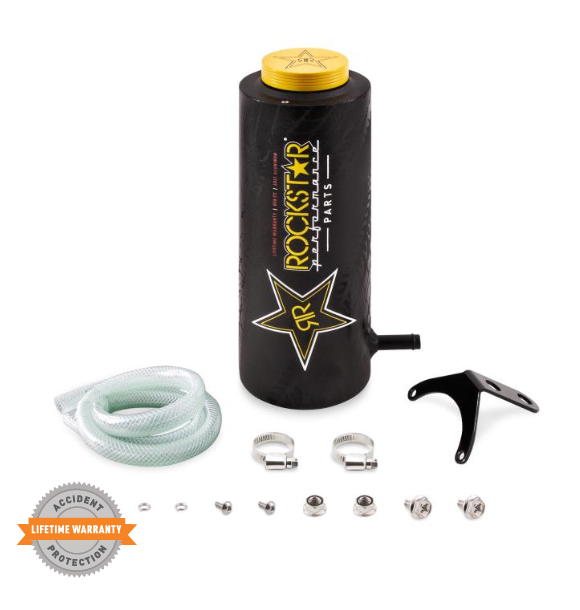How Does My Car’s Exhaust System Work?

Your car’s exhaust system keeps toxic gases away from passengers, improves engine performance, and muffles the noise exhaust produces. These are all important functions, but how does it all work? If you would like to learn more, here is a guide to how your car’s exhaust system works as gas travels from the engine to the open air.
The Engine Produces Exhaust
The combustion reaction that occurs in the engine creates many gaseous by-products. Carbon monoxide, nitrogen monoxide, and nitrogen dioxide are three particularly harmful products. These gases centralize in the exhaust manifold for simple travel along the exhaust piping. A feature called the exhaust flex joint is affixed to the exhaust pipes extending from the engine. It protects the engine and exhaust system from jarring vibration as the car is in use and gases pass through. The exhaust flex joint also limits vibration so passengers don’t experience an uncomfortable and potentially noisy ride.
Gas Is Neutralized by the Catalytic Converter
A bit downstream of the exhaust flex joint lies the catalytic converter. This part renders gases such as carbon monoxide and nitrogen oxide inert through chemical reaction. Oxidation and reduction reactions essentially take or give an oxygen atom to these gaseous molecules to prevent them from emitting in a harmful form.
Noise Is Inhibited by the Muffler
When asking how your car’s exhaust system works, you’re probably already familiar with the muffler. Its name alludes to its function—the muffler limits the noise your exhaust system emits. To do this, it reflects sound waves from the gas that passes through the system so destructive interference results, quieting the overall volume of the exhaust. Physically, this occurs because the end of the muffler—the resonator—is at a precise volume to ensure incoming sound waves are canceled by their opposites.
Exhaust Emits From the Tailpipe
After pollutants and noise mitigation, exhaust is ready to emit into the air. The tailpipe is at the back of the car to prevent passenger contact with the toxic chemicals that remain.





